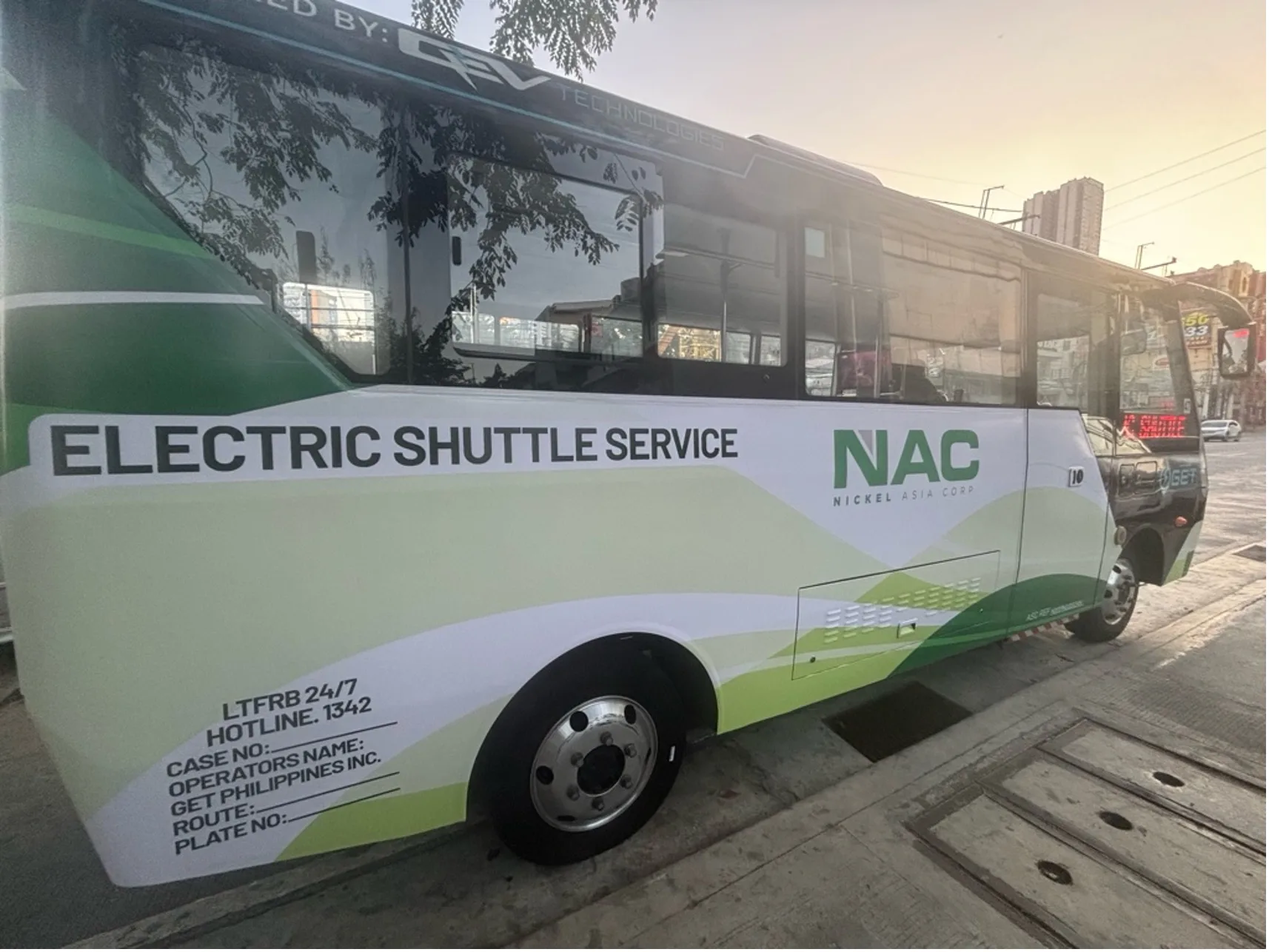Transit Advertising Philippines: An Innovative Method to Market
An In-depth Exam of the Methods and Strategies for Effective Transportation Advertising Campaigns
Transit ad campaign supply an unique opportunity for brands to involve with varied audiences in vibrant settings. To accomplish success, it is necessary to comprehend the nuances of target demographics, execute innovative style methods, and choose ideal placement places. In addition, the performance of these projects can be significantly boosted by very closely monitoring performance metrics and adjusting methods accordingly. As we explore these essential components, it ends up being clear that the path to an impactful transit advertising and marketing strategy is both gratifying and elaborate, increasing the question of exactly how finest to browse these intricacies for optimal brand name presence.
Understanding Target Demographics
Recognizing target demographics is crucial for the success of transportation marketing campaign (Transit Advertising Philippines). Identifying certain audience sections makes it possible for advertisers to customize their messages effectively, making sure that the content resonates with the desired audiences. This strategy enhances interaction and maximizes return on financial investment
To successfully assess target demographics, marketing professionals need to consider several essential elements, including age, income degree, lifestyle, and profession preferences. As an example, a project intended at young experts might concentrate on ease and modernity, while one targeting households could highlight security and integrity. Additionally, geographical factors such as country versus city settings can dramatically influence consumer actions and preferences.
Data collection techniques such as surveys, focus teams, and social media analytics provide important insights right into group fads and consumer behaviors. By leveraging this details, advertisers can craft compelling narratives that straighten with the worths and requirements of their target audience.
Ultimately, comprehending target demographics not only informs the strategic instructions of transportation ad campaign however likewise ensures that resources are allocated effectively. This targeted approach enhances the probability of accomplishing campaign goals, promoting brand name commitment, and driving conversions.
Imaginative Style Methods
Reliable interaction with target demographics relies heavily on cutting-edge creative design techniques en route advertising and marketing projects. To properly record focus in a jampacked visual atmosphere, designers must prioritize clearness and aesthetic impact. Utilizing high-contrast components and strong shades can boost presence, making certain that messages are conveniently understandable from a range.
Incorporating dynamic imagery that reverberates with the target audience is vital. Visual narration techniques can evoke feelings and develop memorable associations with the brand name. Moreover, tactical usage of typography helps communicate crucial info promptly; ideal dimensions and legible font styles further enhance readability.
Incorporating interactive aspects, such as QR codes or enhanced reality features, can engage commuters beyond passive observation (Transit Advertising Philippines). These methods not just advertise customer interaction however additionally link the void between conventional advertising and electronic involvement
Additionally, making use of space creatively-- whether on bus covers, transit shelters, or train advertisements-- can result in cutting-edge designs that break the mold of traditional advertising and marketing. By embracing artistic creative thinking while keeping brand name consistency, campaigns can cultivate a solid connection with their audience, ultimately driving both understanding and action. The integration of these design techniques is critical for achieving effective transportation marketing outcomes.
Strategic Positioning Approaches
Making best use of the impact of transportation advertising and marketing pivots on critical positioning approaches that make certain optimal exposure and engagement. Effective positioning entails evaluating high-traffic areas and comprehending guest demographics to determine the most useful areas for advertisement screens. For circumstances, positioning advertisements near entries and Discover More Here exits of transportation automobiles can catch the focus of boarding and alighting travelers, therefore improving direct exposure.
Furthermore, using both exterior and interior surface areas of transportation cars can considerably broaden reach. Outside ads, noticeable throughout commutes, engage pedestrians and various other drivers, while indoor advertisements target passengers in a captive setting. Additionally, putting promotions in transit centers, such as bus terminals or train terminals, allows for enhanced perceptions as travelers change between different settings of transportation.
Timing is also critical; straightening the campaign launch with peak travel durations takes full advantage of audience engagement - Transit Advertising Philippines. Furthermore, leveraging digital screens in transit environments can facilitate vibrant web content, improving and supplying real-time updates user communication. By using these strategic placement techniques, marketers can guarantee that their transportation marketing campaign attain maximum visibility, resonate with the target audience, and eventually drive preferred end results

Gauging Campaign Efficiency
To assess the success of transportation marketing projects, it is necessary to employ a range of measurement strategies that supply understandings right into audience involvement and overall effectiveness. One key technique is using crucial performance indicators (KPIs), such as reach, impressions, and involvement prices, which measure the amount of individuals connected and checked out the advertisement with it.
Studies and emphasis groups can additionally contribute in determining customer understandings and recall, allowing marketing experts to recognize the influence of their messaging. In addition, tracking internet site web traffic and social networks interaction during and after the project aids determine direct responses to the advertising and marketing.
One more effective method is using location-based analytics, which can offer information walking website traffic around certain transportation locations, offering understandings right into whether the campaign successfully captured the attention of travelers. In addition, assessing sales information can expose connections between transit advertising and increased earnings, giving concrete proof of a campaign's efficiency.
Study of Success
Recognizing the efficiency of transportation advertising campaigns through measurement methods prepares for checking out real-world instances that highlight successful results. One visit site noteworthy case research includes a nationwide drink brand name that used bus wraps in city locations. The campaign aimed to raise brand exposure and sales during the summer season. By employing geo-targeted electronic ads and analytics, the brand name measured a 30% increase in sales in areas where the covers were prominently displayed, showing the straight impact of transportation advertising.
An additional compelling instance comes from a regional not-for-profit organization that released a campaign on subway systems to promote an area event. The usage of straight involvement with technology magnified the campaign's reach and efficiency.

Conclusion
In summary, effective transit advertising projects demand an extensive approach that incorporates an understanding of target demographics, cutting-edge style techniques, and strategic placement. Jointly, these techniques foster brand name presence and make best use of the return on financial investment in transportation advertising efforts.
Recognizing target demographics is essential for the success of transit advertising campaigns.Reliable interaction with target demographics counts greatly on innovative creative design methods in transit advertising and marketing campaigns. By employing these strategic look at this now positioning approaches, marketers can ensure that their transportation advertising and marketing campaigns achieve maximum visibility, reverberate with the target audience, and ultimately drive desired end results.
Recognizing the efficiency of transit advertising projects with measurement strategies lays the groundwork for examining real-world instances that show successful end results.In recap, successful transportation advertising projects require an extensive method that integrates an understanding of target demographics, cutting-edge style techniques, and critical placement.